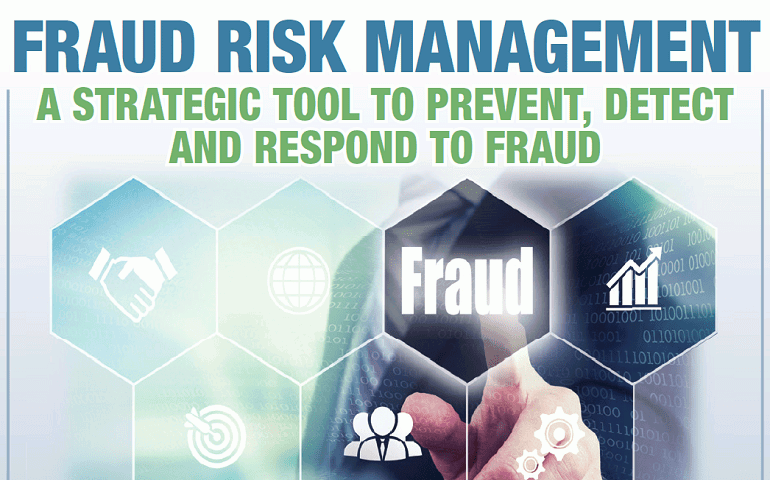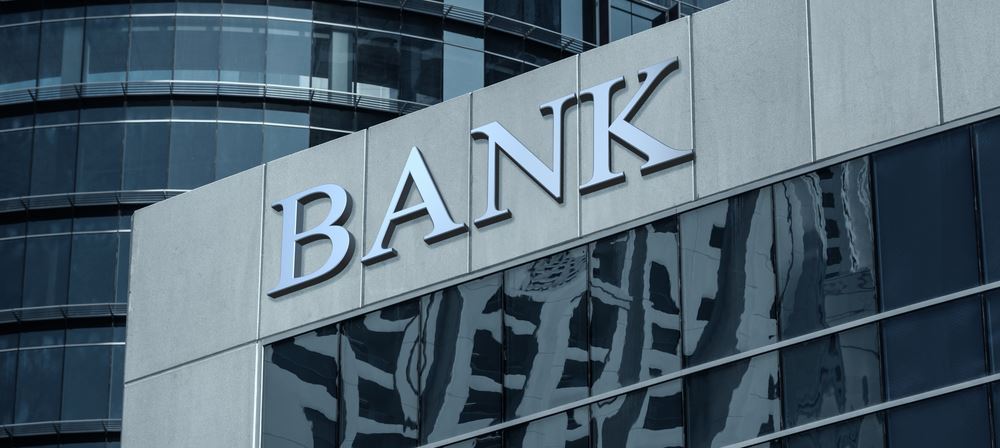Fraud Risk Management: Awareness, prevention, detection and investigation

Awareness
Bearing in mind that awareness of fraud risks can provide a business with protection, a useful model to know when considering the likelihood of fraud occurring is the fraud triangle. The fraud triangle is a model for explaining the factors that cause someone to commit occupational fraud. It consists of three components which, together, lead to fraudulent behavior.
A potential fraudster facing a perceived unshakable financial need (motivation) and having the means to commit a fraud (opportunity) may well find a way to justify the fraud within the constraints of his own belief system (rationalization). In the ‘low and slow’ typology the rationalization might be that the employer won’t miss a small amount and/or that the fraudster deserves it to compensate for something else, such as an unpaid bonus or overtime.
Breaking one of the sides of the triangle will stop the potential crime from happening. As shown in the diagram, this build up takes a number of months, even years, from conception to action – time during which the organization could have detected and prevented the crime from happening.
In addition to a theoretical understanding of fraud risk, fraud workshops that focus on the risks that particular organizations face can be a useful technique to create better fraud awareness amongst management and employees.
Fraud prevention
Some of the top myriad opportunities and motives for fraud include disgruntled employees and external pressures on individuals. Ineffective internal controls are also a factor. Whilst it is true that one size does not fit all, a comprehensive plan, with the involvement of key internal functions, could go a long way to prevent and detect internal fraud.
For example, apart from internal audit mentioned above, the involvement of Human Resources function is key in fraud prevention. A robust recruitment stage through pre-employment screening is a key detective measure. This would involve the process of checking that information provided by a prospective employee is accurate and complete. The results are used to make an informed decision about the suitability of an applicant for a particular vacancy. It can also deter dishonest individuals from applying in the first place, thus having the added benefit of being a preventative measure as well.
Fraud investigation
When it comes to investigation, this can be a very delicate matter. Whilst there is a temptation to try to maintain a ring of secrecy around embarrassing fraud events, if you are serious about recouping financial losses or seeing the fraudster punished, the involvement of professionals should be seriously considered. Forensic work and evidence gathering is important.
In conclusion
It is clear that this is not an issue that will simply ‘go away’. Organizations need to tackle it strategically and will benefit from being proactive rather than reactive, by preventing fraud before it can succeed. Awareness, prevention, detection and investigation are integral elements of an effective anti-fraud strategy. Its success will be of great benefit to any organization.






Responses